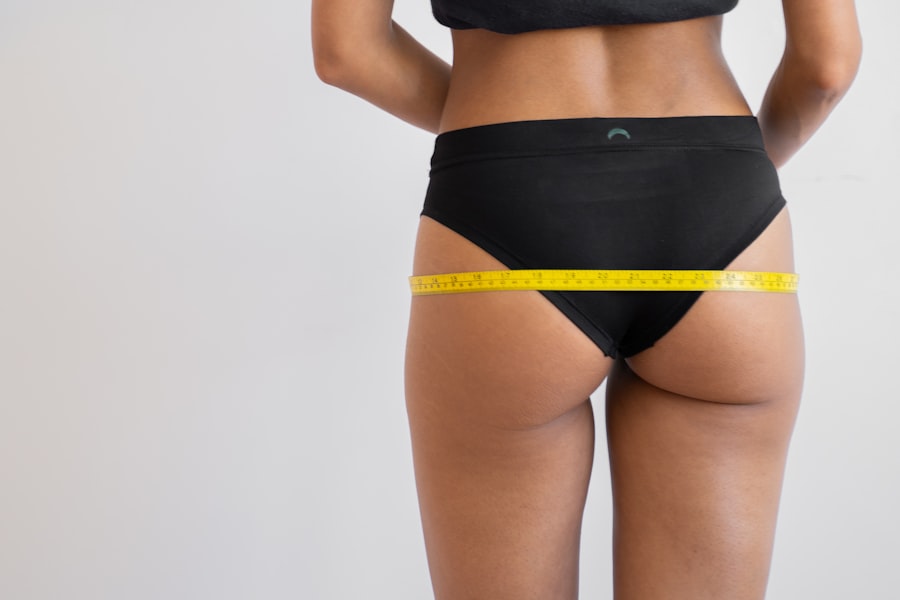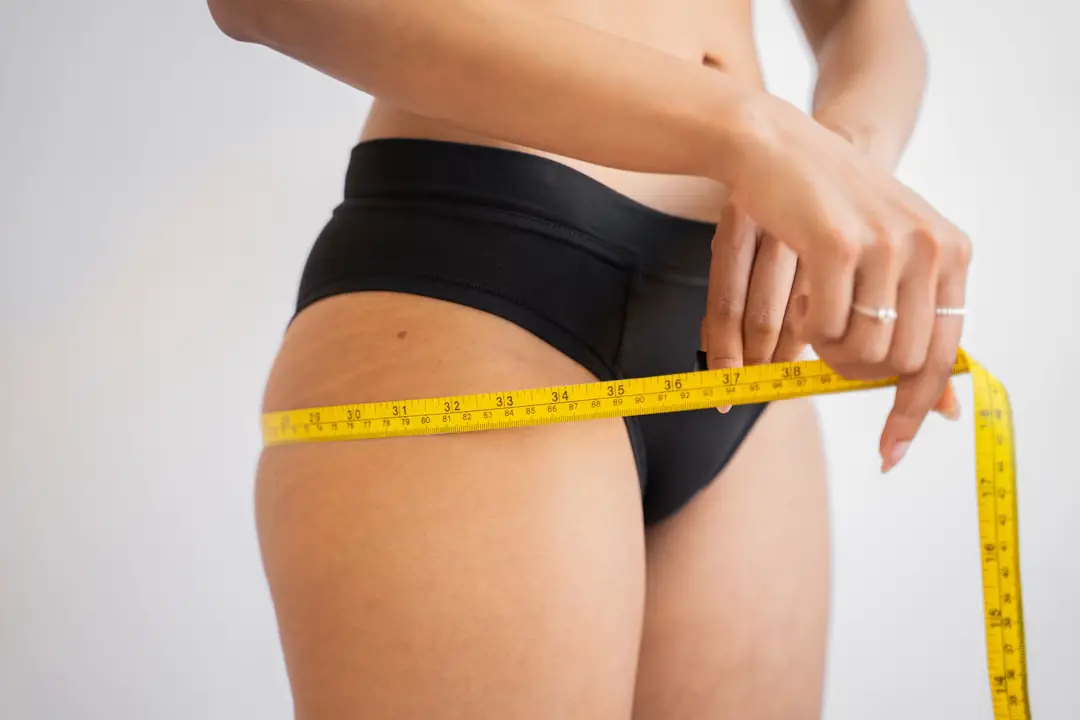A properly fitted cover for your travel trailer is not merely an accessory; it is an essential component of maintaining the integrity and longevity of your vehicle. Travel trailers are exposed to a myriad of environmental factors, including UV rays, rain, snow, and debris, all of which can lead to significant wear and tear over time. A well-fitted cover acts as a protective barrier, shielding the exterior from harmful elements that can cause fading, cracking, and corrosion.
For instance, prolonged exposure to sunlight can degrade the paint and materials used in the construction of the trailer, leading to costly repairs or even a decrease in resale value. Moreover, a cover can prevent the accumulation of dirt, dust, and moisture that can lead to mold and mildew growth. This is particularly important for those who store their trailers for extended periods.
A cover that fits snugly will also deter pests such as rodents and insects from making a home in your trailer, which can lead to further damage. In essence, investing in a high-quality cover that fits your travel trailer properly is a proactive measure that can save you time, money, and stress in the long run.
Key Takeaways
- A properly fitted cover is essential for protecting your travel trailer from the elements and extending its lifespan.
- Tools and materials needed for measuring include a tape measure, ladder, and possibly a second person to assist with the process.
- Taking accurate measurements of your travel trailer is crucial for ensuring a snug and secure fit for the cover.
- Common mistakes to avoid when measuring include not accounting for protrusions and not double-checking measurements for accuracy.
- Choosing the right type of cover for your travel trailer involves considering factors such as material, climate, and budget.
Tools and Materials Needed for Measuring
Measuring Tools and Materials
The primary tool you’ll need is a reliable measuring tape, preferably one that extends at least 25 feet to accommodate larger trailers. A flexible measuring tape is ideal for capturing the contours of your trailer accurately.
Recording Measurements
Additionally, a notepad or digital device for recording measurements will help keep track of your data systematically. Having a level surface to work on is also essential, ensuring that your measurements are taken from a consistent point and reducing the risk of errors.
Additional Tips for Accurate Measurements
Having a helper can be beneficial, making it easier to hold the tape in place while taking measurements. Consider using a marker or chalk to note specific points on the trailer that you’ll be measuring, such as the highest point or the widest section. This preparation will streamline the measuring process and enhance accuracy.
Taking Accurate Measurements of Your Travel Trailer

Taking accurate measurements of your travel trailer involves several key dimensions that must be recorded meticulously. Start by measuring the overall length of the trailer from the front to the rear, including any attachments such as bumpers or spare tires. It is advisable to measure at least twice to ensure consistency in your readings.
Next, measure the width at its widest point, which typically includes any slide-outs or awnings that may extend beyond the main body of the trailer. Height is another critical measurement; this should be taken from the ground to the highest point of the trailer, which may include roof-mounted accessories like air conditioning units or antennas. It’s important to remember that some covers are designed to accommodate these additional features, so capturing this height accurately is vital.
Additionally, consider measuring the wheelbase and ground clearance if you plan on using a cover that extends down to the ground. These measurements will provide manufacturers with the necessary information to recommend a cover that fits snugly and securely.
Common Mistakes to Avoid When Measuring
| Mistake | Description |
|---|---|
| Not defining clear objectives | Failure to establish specific goals for the measurement process. |
| Ignoring data quality | Overlooking the accuracy and reliability of the data being used for measurement. |
| Using vanity metrics | Focusing on metrics that look impressive but don’t provide meaningful insights. |
| Not considering context | Failing to take into account the circumstances and environment in which the measurements are taken. |
| Measuring everything | Attempting to measure too many metrics without a clear purpose or relevance. |
When measuring your travel trailer for a cover, several common mistakes can lead to ill-fitting results. One frequent error is neglecting to account for protruding features such as air conditioning units, antennas, or awnings. Failing to include these elements in your height measurement can result in a cover that is too short, leaving parts of your trailer exposed to the elements.
Always take note of these features and ensure they are included in your calculations. Another mistake is relying solely on manufacturer specifications without verifying them through personal measurements. While manufacturers often provide dimensions for their products, variations in design or modifications made by previous owners can lead to discrepancies.
It’s essential to measure your trailer directly rather than assuming it matches standard sizes. Additionally, be cautious about measuring only one side of the trailer; always check both sides and take multiple readings to ensure accuracy across all dimensions.
Choosing the Right Type of Cover for Your Travel Trailer
Selecting the right type of cover for your travel trailer involves understanding the various materials and styles available on the market. Covers are typically made from either breathable fabric or waterproof materials. Breathable fabrics allow moisture to escape while preventing mold and mildew growth, making them ideal for humid climates.
On the other hand, waterproof covers provide excellent protection against rain and snow but may trap moisture underneath if not designed with ventilation features. Consideration should also be given to the climate in which you live and how often you use your travel trailer. For those who frequently travel in varying weather conditions, a multi-layered cover may be beneficial as it offers enhanced protection against UV rays and physical damage from debris.
Additionally, look for features such as reinforced seams and elastic hems that ensure a snug fit around your trailer’s contours. The right cover should not only protect but also be easy to install and remove when needed.
Custom-Fit Covers: A Precise Fit for Optimal Protection
Custom-fit covers are designed to match the exact dimensions and contours of your travel trailer, providing a precise fit that minimizes movement during windy conditions. These covers often come with additional features tailored to specific models, such as cutouts for vents or access points.
Universal-Fit Covers: A One-Size-Fits-All Solution
Universal-fit covers, on the other hand, are designed to accommodate a range of sizes and shapes. While they may be more affordable and readily available, they may not provide the same level of protection as custom-fit options. They can sometimes lead to issues such as flapping in high winds or inadequate coverage in certain areas.
Choosing the Right Cover for Your Travel Trailer
If you own a unique or high-end travel trailer, investing in a custom-fit cover may be worthwhile for optimal protection and peace of mind. However, if you’re on a budget or have a more standard travel trailer, a universal-fit cover might be a suitable option. Ultimately, understanding the differences between these two types of covers will help you make an informed decision that meets your needs and protects your investment.
Installing the Cover on Your Travel Trailer

Installing a cover on your travel trailer requires careful attention to detail to ensure it fits correctly and provides maximum protection. Begin by laying out the cover on a clean surface before attempting to place it over your trailer. This allows you to identify any tags or labels indicating which side should face outward or any specific instructions provided by the manufacturer.
When ready to install, start at one end of the trailer and gradually work your way across while ensuring that it aligns with your previously taken measurements. If your cover has straps or buckles, secure them tightly but avoid over-tightening, which could cause damage to both the cover and the trailer itself. It’s advisable to have a second person assist during this process; one person can hold one end while the other adjusts and secures it on their side.
Once installed, take a moment to inspect all areas for proper fitment and make any necessary adjustments.
Maintaining and Caring for Your Travel Trailer Cover
Proper maintenance of your travel trailer cover is essential for prolonging its lifespan and ensuring it continues to provide effective protection. Regular cleaning is crucial; dirt and debris can accumulate on the surface over time, potentially leading to deterioration of the material if left unchecked. Use a soft brush or cloth along with mild soap and water to gently clean the cover without causing abrasions.
Additionally, inspect your cover periodically for signs of wear or damage such as tears or fraying seams. Addressing these issues promptly can prevent further deterioration and extend the life of your cover significantly. When not in use, store your cover in a cool, dry place away from direct sunlight to prevent fading or degradation of materials.
By following these maintenance tips, you can ensure that your travel trailer cover remains an effective shield against environmental elements for years to come.
If you’re looking to protect your travel trailer with a cover, it’s important to measure it correctly to ensure a proper fit. For more tips on how to measure your travel trailer, check out this helpful article on 5 Must-Have Softside Carry-On Luggage with Wheels for Spring 2025. This article provides valuable information on selecting the right luggage for your travels, which can also come in handy when transporting your trailer cover.
FAQs
What is a travel trailer cover?
A travel trailer cover is a protective covering designed to shield a travel trailer from the elements, such as rain, snow, UV rays, and debris. It helps to extend the life of the trailer and keep it in good condition.
Why is it important to measure a travel trailer for a cover?
Measuring a travel trailer for a cover is important to ensure that the cover fits properly and provides effective protection. A properly fitting cover will prevent water and debris from getting inside the trailer and causing damage.
How do you measure a travel trailer for a cover?
To measure a travel trailer for a cover, start by measuring the length, width, and height of the trailer. It’s important to measure from the longest and widest points, including any protrusions such as air conditioning units or ladders.
What are the common materials used for travel trailer covers?
Travel trailer covers are commonly made from materials such as polyester, polypropylene, or vinyl. These materials are chosen for their durability, water resistance, and UV protection.
Where can I purchase a travel trailer cover?
Travel trailer covers can be purchased from RV dealerships, outdoor retailers, and online stores. It’s important to choose a cover that is specifically designed for travel trailers and fits the measurements of your trailer.
